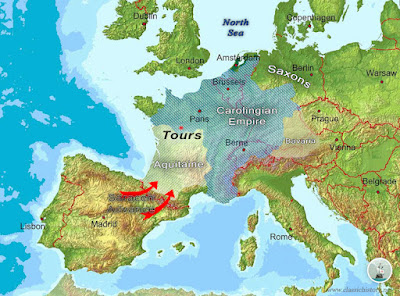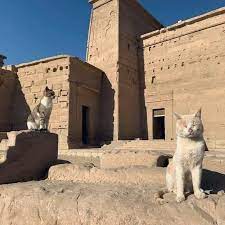One of Liutprand's important law reforms was the Notitia de actoribus regis ("Notice concerning royal administrators"). It significantly prevented local administrators from illegally appropriating lands of the lower classes. It required the administrator to swear on the Gospels that any irregularity in ownership would be reported to the king, and that a royal charter
Liutprand had been allied with Charles Martel, King of the Franks. They had enough respect for each other that, prior to Pope Gregory negotiating a peace with Liutprand, Gregory had sent to Martel for aid. Martel refused to fight his former ally, forcing Gregory to have the meeting at Sutri in which he allowed Liutprand to go through Italy at will, so long as the papacy in Rome was spared.
Martel's son Pepin the Short, when he achieved his majority, was sent to Lombardy to be presented with arms by Liutprand. I have mentioned before that a king might send his bastard children to be raised at some removed but noble household. It was also common to have legitimate royal children exposed to other courts. The ritual investing of a prince with his first arms and welcoming him into manhood made him symbolically Liutprand's adopted son. It also meant closer ties between the two kingdoms. Pepin did eventually turn on Lombardy, but that was after Liutprand's death when one of his successors, Aistulf, declared himself King of the Romans and reneged on Liutprand's promise to leave Rome alone. You can read the result here.
Aistulf's thirst for more power led to conflict with the Franks, and ultimately led to the end of an independent Lombardy when Pepin's son Charlemagne conquered them. Next time we'll see how that went.




























